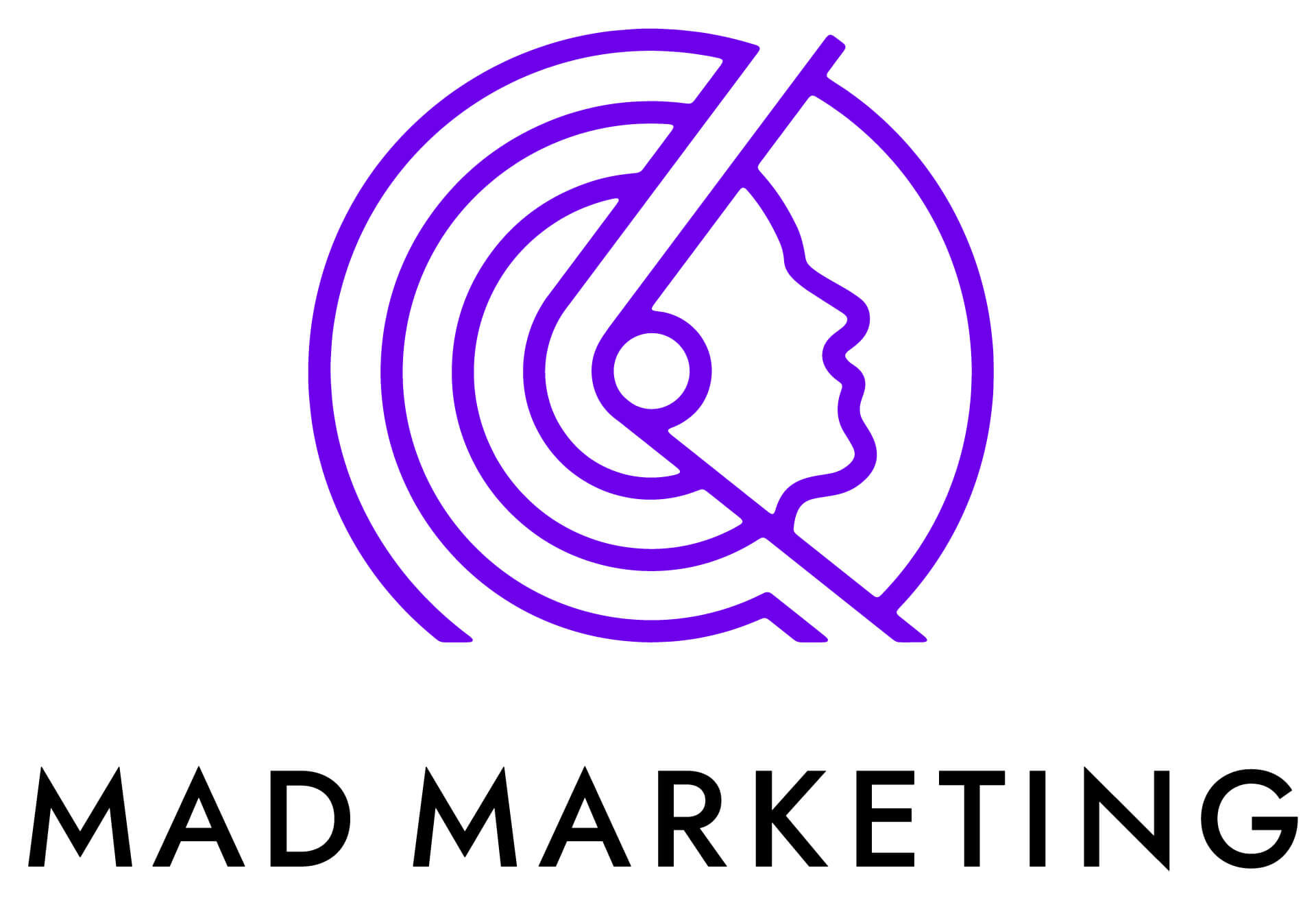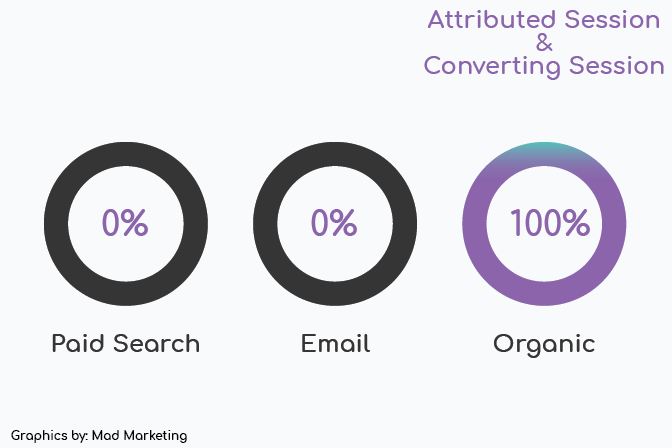Your Guide To Multi Touch Attribution Models
What Are Multi Touch Attribution Models?
Multi touch attribution or marketing attribution models refers to how each touch point in your funnel receives credit from the desired micro or macro conversion. There are various ways to attribute conversions to your marketing campaigns.
Here we'll review the most popular attribution models, including first click attribution (or first-touch attribution), Last click (or last-touch attribution), Last Google Ads Click attribution, Last non-direct, Linear attribution, time-decay attribution, and the u-shaped attribution models. We will also touch briefly on the algorithmic or custom, data-enhanced attribution model.
Understanding the different models will help you identify the marketing channels that are either underperforming or over performing as well as any campaigns that are hitting the sweet spot!
First Click Attribution Model (First Touch)
The First Click or first touch attribution model grants 100% of the conversion, whether micro or macro, to the first touch point of your prospects' journey.
For example, if a customer first visits your site through paid search, then comes across an ad on Facebook. Then visits your site through a direct channel (entering your domain into the search engine). The channel or campaign that would receive attribution from the conversion is the pay-per-click (PPC) ad they initially clicked to discover your business.
I recommend using this attribution method for micro-conversions like lead generation. Lead generation is higher up in the sales funnel, and therefore, campaigns optimized for lead gen usually deal with cold and somewhat warm traffic. In this case, it's essential to know which campaigns are responsible for getting visitors to your site for the first time.
Last Click Attribution Model (Last Touch)
The last click or last touch attribution is the default attribution model used by Google Analytics.
This model attributes the last click a visitor made to get to your website just before converting. Let's review the following scenario:
We can see that the first time the visitor discovered your website was through Paid Search. However, using the last-click attribution model, the paid search would not get any credit for the conversion.
Instead, Organic Search would receive 100% of the attribution and be considered solely responsible for the conversion.
This model is favorited as it takes into account the very last channel the visitor used during the session in which they converted.
Although this is the default attribution used in Google Analytics, you can change the model in your GA account to one of the attribution models listed in this article.
Last Non-Direct Attribution Model
This attribution model does not grant any attribution to the direct channel (people who typed your domain name directly into their search engines).
Essentially, what this means is that if someone viewed/clicked on any links, whether organically or through your marketing campaigns and later converted after visiting your site directly, the most previous non-direct step would be considered the channel responsible for the conversion.
As shown in the image above, this customer took a few steps through your funnel. The very last step is where they converted through a direct channel. However, using this attribution model, the previous non-direct step, email, would be considered the channel responsible for this conversion.
Last Google Ads Click
If you're running Google Ads campaigns, you should ask if your in-house or outsourced agency is using this model.
The last Google ads click model attributes the conversion to the last ad that the customer clicked before placing their order.
So, if a customer took a path as illustrated below; then the last paid search campaign will receive 100% of the attribution from the conversion.
I don't know many companies that use this one. So, you should make sure you know which attribution model you're using for your Google ads.
It could lead to missing out on the information that shows other touchpoints that were actually the last step in the funnel.
On the flip side, this model will showcase the Google Ads campaigns that are involved mostly in the conversion funnel.
Linear Attribution
As we've seen, often, there are multiple channels or marketing campaigns that contribute to prospects in becoming customers. With that in mind, it makes sense to see how each campaign has contributed to the conversion.
The Linear Attribution model takes all campaigns into account, and grants each step an equal percentage of the conversion.
Using this model, you get a rough estimate of how your marketing campaigns play out in the buyer's journey.
Time - Decay Attribution
The time - decay attribution model is as it sounds. As a visitor moves through your funnel, from the first interaction to the converting session, the value each campaign receives is distributed over time.
The further away the touch point is from the conversion, the less credit it receives.
Therefore, the first touch point will receive the least conversion value, and the last touch point will get the most conversion value.
This attribution model will showcase which campaigns are closest to the point of conversion, and which campaigns are further from the point of conversion.
In other words, you will see which campaigns are responsible for cold traffic, nurturing, and converting prospects.
U-shaped Attribution
The U-shaped attribution model grants more weight to the first and last touch point, in the buyer's journey.
Although the first and last touch points get most of the conversion value, the remaining value is split between the campaigns in between.
This model will provide an idea of which campaigns are most important to getting prospects to discover your product or services initially, and which campaigns are responsible for converting prospects into customers.
Algorithmic Attribution
If you've made it this far, pat yourself on the back - you're on your way to better understanding sales attribution models.
The algorithmic attribution model is available through Google Analytics 360, which costs about $150,000 a year (This was the price in 2018, the last time I spoke to a rep).
This model uses a weighted average to determine the attribution assigned to each campaign. According to Bounteous, the weights are determined by a cooperative game theory model.
This model takes into account all non-converting and converting paths. Instead of greatly attributing conversions to a single campaign, based on its position, it produces a fully dynamic model optimized to fit your business.
This way, each campaign in the funnel that leads to conversion would receive the appropriate attribution.
The algorithmic or dynamic attribution model will allow you to get a deeper sense of your marketing campaigns ROI across all channels and mediums. This model will enable you to determine which campaigns are working, which should be paused, and which you should start pushing more.
To start using this method without GA 360, it would come in handy to know R or Python and start setting up your Google Analytics Attribution Beta Report.
If you know someone on your marketing or analyst team, send this over to them as it may help them gather a better understanding of attribution models, which will help them better optimize their campaigns!
Be Social
Author: Bobby Bruno
A young, professional marketer who works with various business owners to grow their brand awareness, clientele, and sales through his marketing agency, Mad Marketing. He carries a degree in marketing and digital art, making him a force in the creative world. He aims to tie both data and creative together to craft relevant advertisements and content for businesses. Bobby has brought in over three million dollars in revenue for his clients over the past four years.









